By Sarah Biggart
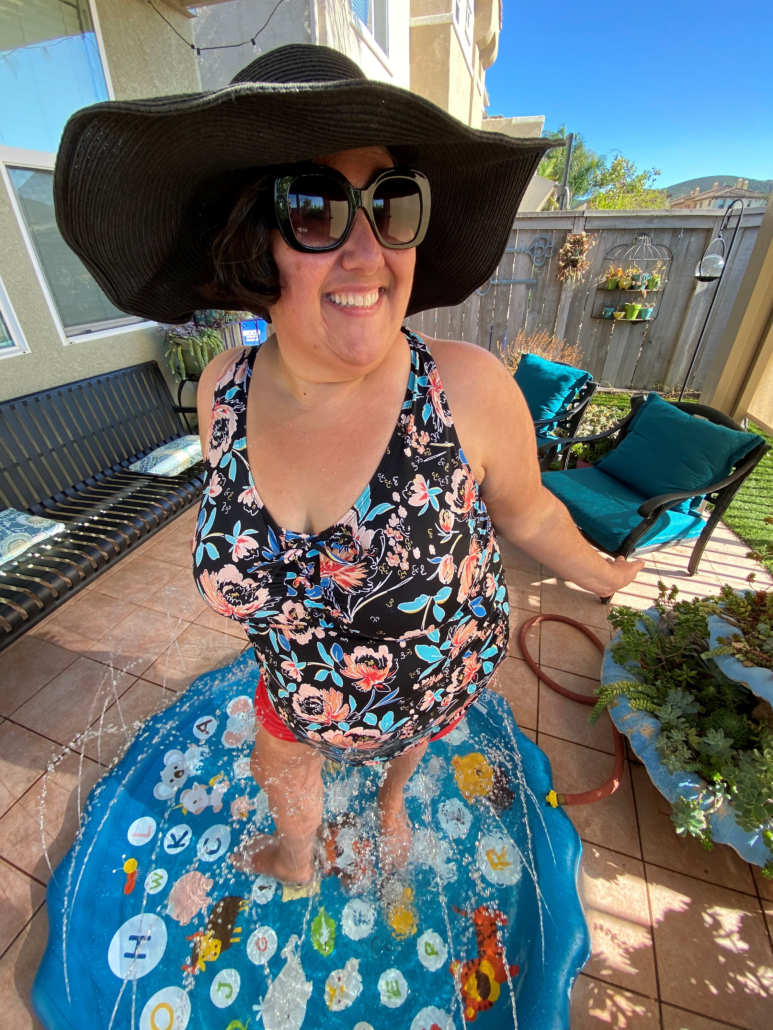
Though having ileostomy surgery 15 years ago gave me my life and freedom back, it does bring its own unique set of concerns and challenges in daily activities and pouch changing schedule. I typically change my full appliance every fifth day.
Change day is day one, and I change my entire pouching system again on day five. I feel confident in my appliance, and this changing system has worked really well for me. Leaks are few and far between; however, as is true for most ostomates, they do happen occasionally. Leaks can happen to all of us, although my longest stretch without a leak is five years – not too shabby!
For me, my daily routine includes showering, exercising, getting sweaty – and weather permitting – swimming and jacuzziing in our community pool with my friends, family and neighbors. Even while doing all of these regularly, a five day wear time holds up for me.
So now, let’s talk what I like to call “Moisture Math”, and the moisture related variables that may affect my wear time.
Travel & Convenience:
If I am going away for the weekend, or traveling, I will do a full pouch change the night before I leave. I have always been a “better safe than sorry” girl, and being an ostomate has reinforced that mindset. If I can get away with not having to do a full pouch change in an unfamiliar setting, I will, just for my own ease and comfort. I’ve been held up traveling before, and it can feel stressful and uncertain. When you’ve had to sleep in an airport, just the added comfort of knowing I have a few days before needing to do a full change is just one less thing to be concerned about. So when setting off on a journey, I like to start with a freshly changed system.
Weather:
I live in a very mild climate, not too much heat and humidity at any given time. My Ostomysecrets® Underwear keeps my pouch away from my body, and it helps limit complaints about excessive heat and moisture. I am a person who enjoys travel and adventures! Sometimes I wind up in warmer, muggier parts of the world. On those sweaty days, walking and exploring in the heat, moisture math joins the pouching equation. A couple of summers ago my family, friends and I spent 10 days in Florida, in July. Between walking an average of 10 miles each day enjoying Walt Disney World, swimming in the pools, afternoon downpours daily and being a general sweaty mess, I went to a very strict every other day change. It was more moisture than I typically deal with, and going back to my better safe than sorry mentality, it seemed like my best course of action. My sting free ostomy care products helped to make frequent pouch changes more gentle on my peristomal skin. I would do my changes at night in our room, in the air conditioning, so that my wafer had plenty of time to adhere to my skin before heading back into the sweltering Florida heat.
Daily Activity:
We all find our own way of managing our changing schedule, most Ostomy Nurses (WOC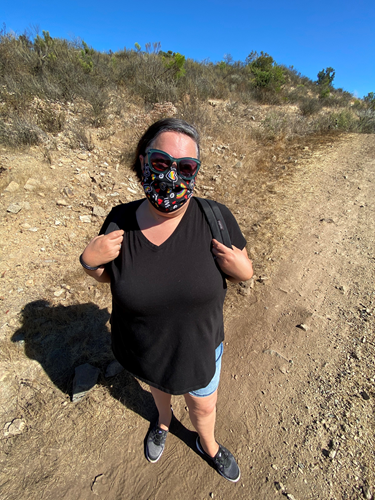 nurses) would recommend 3‐5 days of wear time. What I would definitely advise against is waiting until you HAVE to change due to a leak. Before you realize you have a problem, waste is coming into contact with your peristomal skin, and that may lead to skin damage. Above all, you want to keep your skin healthy, happy and intact. So when would my daily activity impact my wear time? Again it’s moisture math! I mentioned earlier that I like to swim and jacuzzi; a quick dip for an hour or so is very different than a big day out that involves being in a wet bathing suit all day. If I am planning a big day out on the water, in the pool, at a beach or waterpark, I figure that in to my changing schedule. For example if day one was Thursday, and day three is a big day out involving water, when I get home, I’ll typically shower and do a full change.
nurses) would recommend 3‐5 days of wear time. What I would definitely advise against is waiting until you HAVE to change due to a leak. Before you realize you have a problem, waste is coming into contact with your peristomal skin, and that may lead to skin damage. Above all, you want to keep your skin healthy, happy and intact. So when would my daily activity impact my wear time? Again it’s moisture math! I mentioned earlier that I like to swim and jacuzzi; a quick dip for an hour or so is very different than a big day out that involves being in a wet bathing suit all day. If I am planning a big day out on the water, in the pool, at a beach or waterpark, I figure that in to my changing schedule. For example if day one was Thursday, and day three is a big day out involving water, when I get home, I’ll typically shower and do a full change.
I’m always mitigating risk, and making smart, informed decisions regarding my ostomy. Adjusting my routine accordingly to moisture variables helps to keep my peristomal skin healthy allowing me to enjoy whatever life brings my way. Whether you are new to the ostomy world, or a seasoned pro like myself, planning ahead – just a little – may help you to experience life to the fullest.
More information from ConvaTec
Editor’s note: This educational article is from one of our digital sponsors, ConvaTec. Sponsor support along with donations from readers like you help to maintain our website and the free trusted resources of UOAA, a 501(c)(3) nonprofit organization.

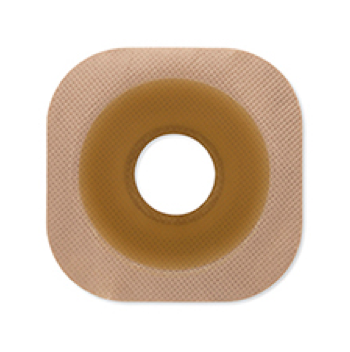
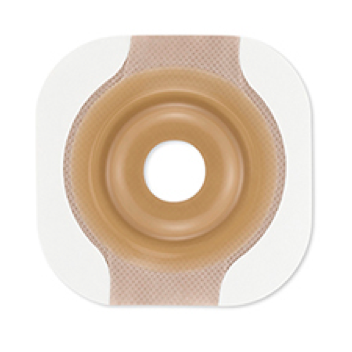
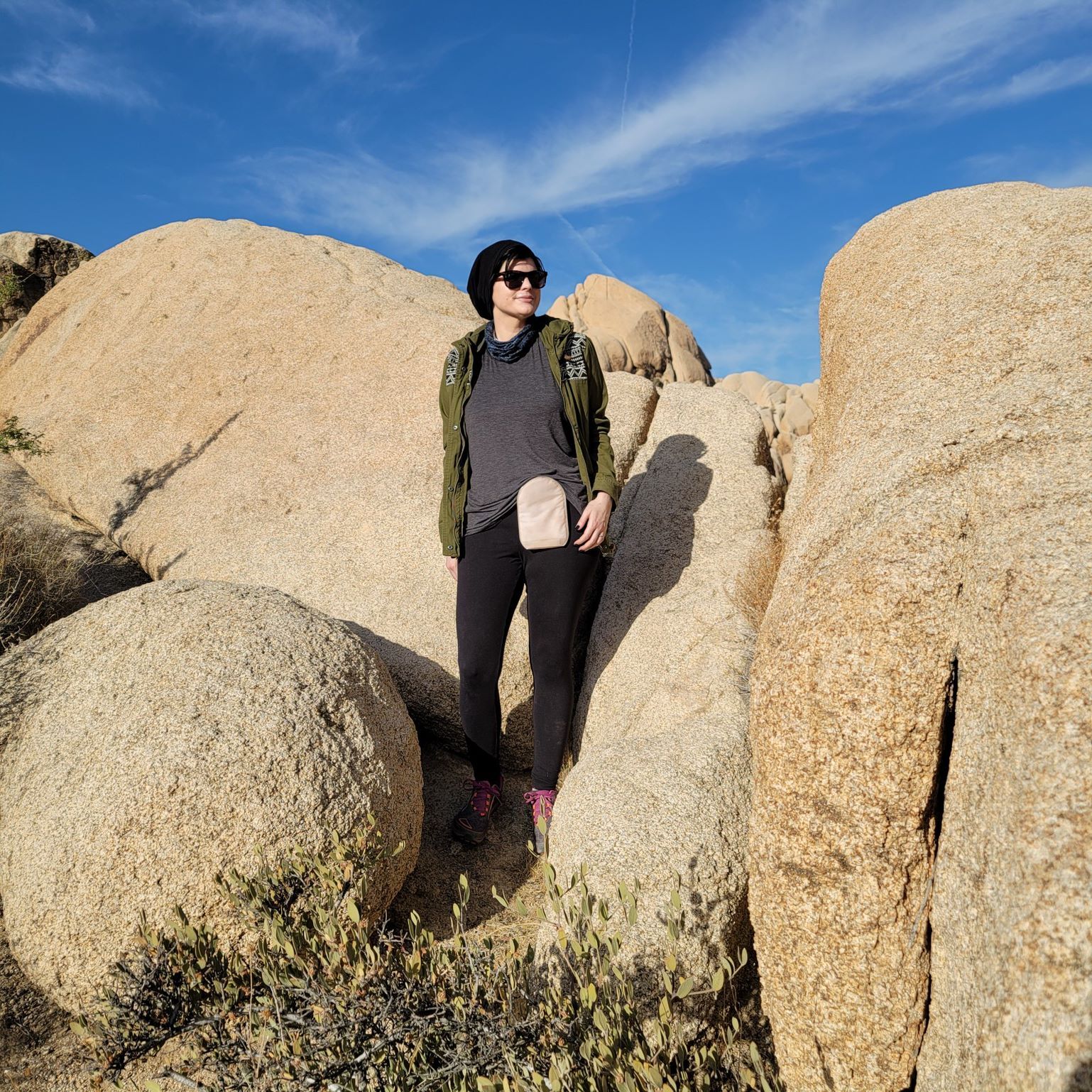 being admitted within the first 90 days post operatively [1]. This is one of the highest rates of readmission when compared to other types of surgery. The most common cause for re-admission is dehydration, at approximately 40% of post ileostomy readmissions [2]. We also know that 84% of ostomy patients develop skin issues. The causes of these can be chemical, mechanical, or microbial, and possibly avoidable. Ostomates also have significantly increased healthcare costs, especially when affected by peristomal skin complications, and leakage [2]. It is known that 25% of ostomates develop renal failure within two years. The complications these patients encounter require 7x more outpatient visits than the average patient. And 29.1% of ostomates experience readmission which costs approximately $16,000 per patient [1]. These statistics show that specialized care for these patients is imperative to improving patient outcomes in this patient population.
being admitted within the first 90 days post operatively [1]. This is one of the highest rates of readmission when compared to other types of surgery. The most common cause for re-admission is dehydration, at approximately 40% of post ileostomy readmissions [2]. We also know that 84% of ostomy patients develop skin issues. The causes of these can be chemical, mechanical, or microbial, and possibly avoidable. Ostomates also have significantly increased healthcare costs, especially when affected by peristomal skin complications, and leakage [2]. It is known that 25% of ostomates develop renal failure within two years. The complications these patients encounter require 7x more outpatient visits than the average patient. And 29.1% of ostomates experience readmission which costs approximately $16,000 per patient [1]. These statistics show that specialized care for these patients is imperative to improving patient outcomes in this patient population.



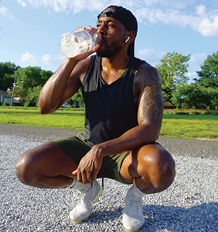 life. When the doctors first told me that the best option was to have ileostomy surgery, I was so upset but I was in so much pain I was hoping that it would make me feel better. When I finally woke up from surgery and realized I had an ileostomy – I cried. I didn’t even want to look at it. It took some time, but I got used to it, my stoma saved my life.
life. When the doctors first told me that the best option was to have ileostomy surgery, I was so upset but I was in so much pain I was hoping that it would make me feel better. When I finally woke up from surgery and realized I had an ileostomy – I cried. I didn’t even want to look at it. It took some time, but I got used to it, my stoma saved my life.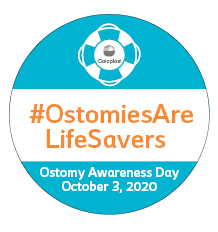 Having an ostomy should not hold you back from participating in the run/walk. Our Coloplast® Care team is here to support you if you want to chat, just give us a call at 1-877-858-2656. We also have
Having an ostomy should not hold you back from participating in the run/walk. Our Coloplast® Care team is here to support you if you want to chat, just give us a call at 1-877-858-2656. We also have 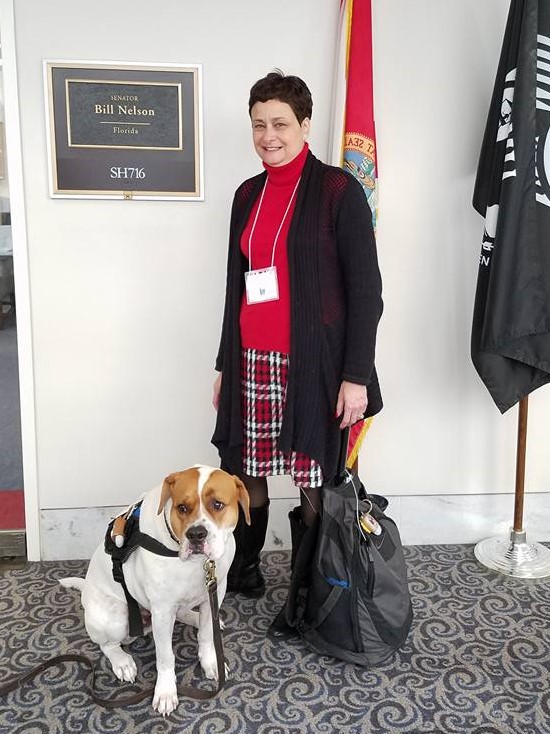 My journey with Short Bowel Syndrome (SBS) spans 61 years, and it has been full of twists and turns. I’ve often wished that I understood from the beginning exactly what it meant to have SBS – it is not temporary, rather it is chronic. That means it’s a lifelong condition, and it has frequently caused me to make adjustments to maintain my independence and lead a productive and meaningful life. Reaching independence and self-reliance took years of learning the importance of self-advocacy to get the information I needed from my healthcare providers, no matter how difficult it may have been to hear that information. Each symptom, diagnosis, ostomy and medical procedure that preceded my eventual SBS diagnosis posed new challenges. The more I knew about what lay ahead for me, the more I could take charge of my own life. As August marks SBS Awareness Month, I hope my experiences will help inform and inspire others living with this serious and chronic malabsorption disorder to speak up and ask for information and tips to help maintain as much independence as possible.
My journey with Short Bowel Syndrome (SBS) spans 61 years, and it has been full of twists and turns. I’ve often wished that I understood from the beginning exactly what it meant to have SBS – it is not temporary, rather it is chronic. That means it’s a lifelong condition, and it has frequently caused me to make adjustments to maintain my independence and lead a productive and meaningful life. Reaching independence and self-reliance took years of learning the importance of self-advocacy to get the information I needed from my healthcare providers, no matter how difficult it may have been to hear that information. Each symptom, diagnosis, ostomy and medical procedure that preceded my eventual SBS diagnosis posed new challenges. The more I knew about what lay ahead for me, the more I could take charge of my own life. As August marks SBS Awareness Month, I hope my experiences will help inform and inspire others living with this serious and chronic malabsorption disorder to speak up and ask for information and tips to help maintain as much independence as possible.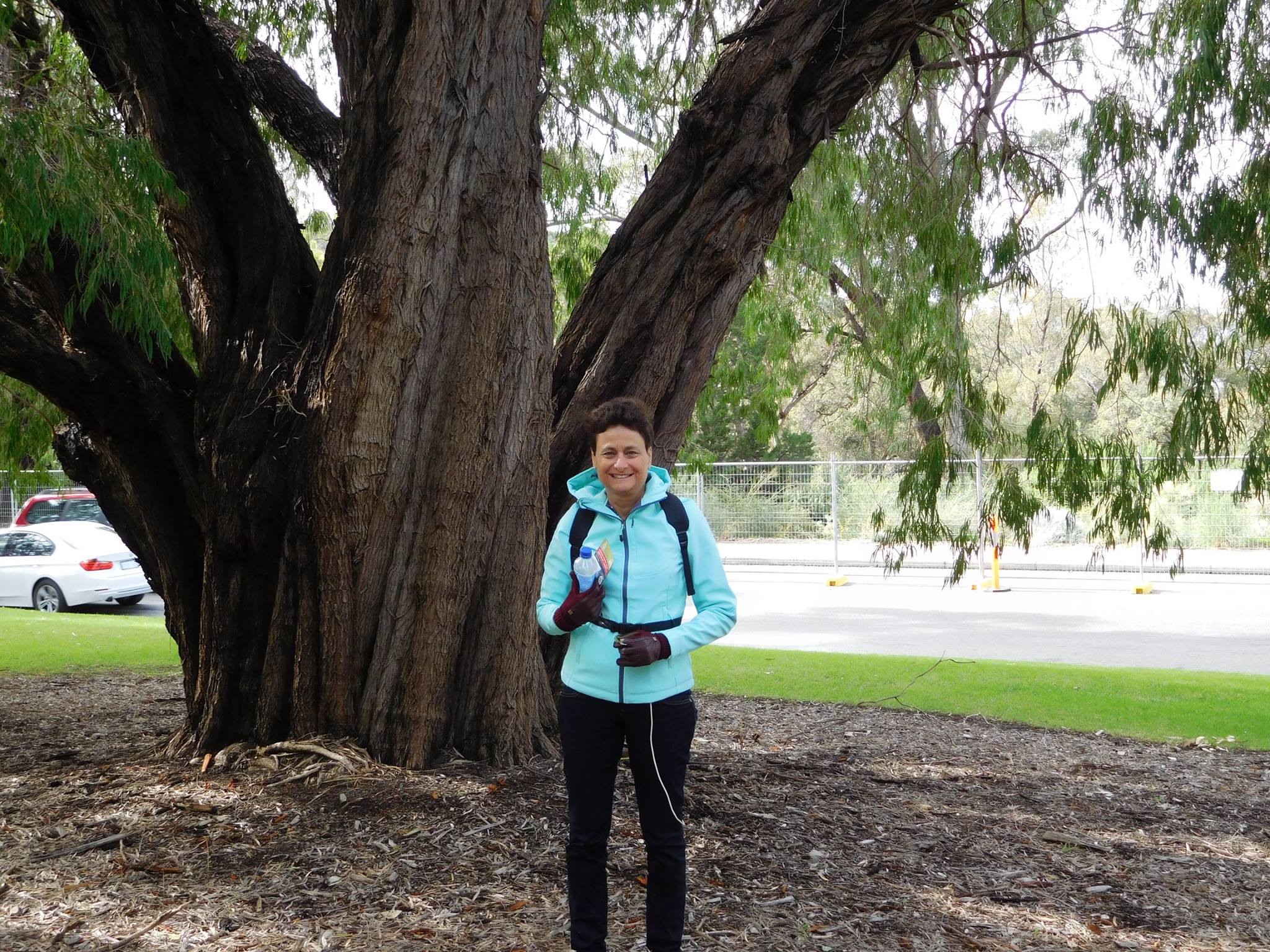 Six years later, I found myself unable to eat due to severe abdominal pains and a pseudo-obstruction and was put back on TPN. I feared this would prevent me from traveling on a three-week family trip to Australia, but my husband and daughters learned how to properly store, prepare and administer my TPN infusions, so we could still travel. I am so grateful to have been able to enjoy that trip with my family despite my TPN, ostomy and needing to use a catheter.
Six years later, I found myself unable to eat due to severe abdominal pains and a pseudo-obstruction and was put back on TPN. I feared this would prevent me from traveling on a three-week family trip to Australia, but my husband and daughters learned how to properly store, prepare and administer my TPN infusions, so we could still travel. I am so grateful to have been able to enjoy that trip with my family despite my TPN, ostomy and needing to use a catheter. 
